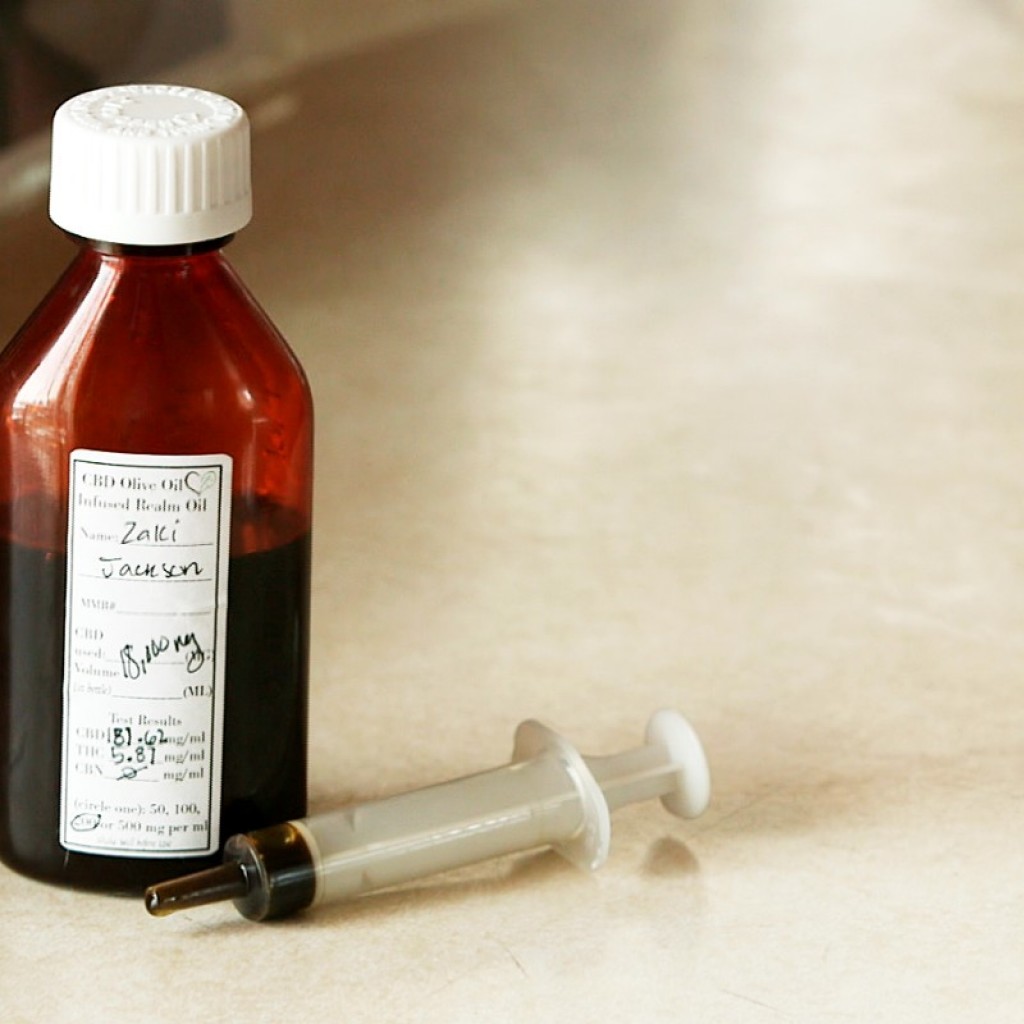
The first Charlotte’s Web workshop, held jointly by the Planning Commission and the Land Use and Zoning committee of the Jacksonville City Council in August, was less than auspicious.
Discussion of “grass stations” and facile comparisons of children who need medicine to recovering heroin addicts waiting for their methadone fixes were the highlights.
This time around, LUZ Chair Scott Wilson said that the workshop would focus on locational issues, while including commentary from a local nursery looking to get into the business, and testimony from a caregiver for a child eligible for what the agenda called “low-grade THC.”
Holley Moseley, a nurse from Gulf Breeze whose oldest daughter has intractable epilepsy, spoke of her journey to try everything possible to fix her seizures.
Moseley, who has tried virtually every imaginable solution, argued that her daughter deserves access to this lifesaving medicine. She cited the state legislation that passed over a year ago, and described her commitment to bringing the medicine to her daughter.
The access that people have in places like Colorado, Moseley said, should be permitted in Florida.
Describing how “medical refugees” had relocated to Colorado, Moseley pointed out that 85 percent of patients using low-THC marijuana have significant benefits, from seizure abatement forward.
David Loop, a local nursery owner, spoke next. His nursery is the “largest supplier of plants to supermarkets in the Southeast,” he said.
“The state dictates that we cultivate, process, and dispense,” Loop said about the medicine.
Loop described this as a “medicine of last resort,” and anticipated having twelve total dispensaries, including two NE Florida dispensaries, one in Jacksonville.
He estimated that “not more than ten patients per day” would come through the dispensary for a 60 day supply.
The process: growing it, “chopping it up,” using ethyl alcohol to synthesize the oil, which is cut with olive oil and coconut oil to make it palatable to the patient.
Contrary to worries that dispensaries would flood the block, Loop estimates that the low patient count would necessarily limit locations.
A representative from the Office of General Counsel suggested that code could define what low-THC cannabis is, allowing local control and keeping this from being the “camel’s nose under the tent” that allows other strains into the market place.
If state law changed, she added, the discussion could be renewed.
“If we stick with the definitions, that could go a long way for us.”
The Charlotte’s Web plant, Loop added, is a hybrid between a hemp plant and a cannabis plant, designed to meet the 10% CBD oil threshold.
“This plant was originally called ‘hippie’s disappointment,'” related Loop, who described how the plant came to be used in Colorado.
“Most cannabis that is available today recreationally,” Loop added, “has THC of 15 to 20 percent.”
Charlotte’s Web has less than one percent THC.
“That’s just the genetic makeup of the plant, and there’s nothing you can do to make it any different,” Loop added.
Loop described the potential dispensary as “looking like a small doctor’s office,” with a modest waiting room.
“It’s really a very simple process in a very small office,” Loop added, and security measures are “over the top.”
“The criminal may not understand that this is low-THC,” Loop continued, so security is paramount.
From there, a description of chemical processing.
Loop asserted that there is no noise, and no “odor leaves the building.”
“You smell more ethyl alcohol than anything else,” and the noise is “nondescript.”
A week’s supply, Loop added, would fit into plastic bags that could fit in the trunk of his car.
All employees, as well, would be subject to a Level 2 Background Check by the state, in accordance with established law.
The current moratorium allows for cultivation in agriculturally zoned areas; the moratorium sponsor, Lori Boyer, suggested no change there.
Regarding processing and dispensing, Boyer appealed to the General Counsel representative on hand.
“The fear is that this will be a higher level of euphoric marijuana this year or the year after,” Boyer said, and Council had an opportunity to get ahead of the potentially emergent trend and avoid a “gap” in the code.
The OGC representative asserted that a number of zoning areas satisfy locational criteria; exception, of course, is another avenue.
Boyer likened the discussion to how breweries had to be zoned industrial for a while, but how industrial parks weren’t conducive for processing and distribution, with a retail dispensary where families may attend.
Planning Chair Lisa King floated the potential of “use by exception,” while likening the current controversy to the hysteria over hen licenses in Jacksonville a few years back.
“Some people think marijuana is a horrible thing,” King said, “but it’s been proven that it’s medicine.”
King added that Colorado’s “slow rollout” allows for reasonable controls, and the best course of action is to “start low and slow.”
The ultimate goal, related Loop, is to have dispensaries convenient to medical facilities and hospitals. Thus making the medicine convenient to the user.
Zoning for hospitals is widely variable in Jacksonville, ranging from commercial areas to light industrial and residential zones.
Lori Boyer asked for a draft ordinance to limit dispensaries to one per planning district, with minimum of a mile between them, permissible in non-residential zoning areas. The ordinance will strictly define permissible strains to accord with Charlotte’s Web, and will strictly define non-compliant strains as non-permissible.
Her motion was seconded. And approved without dissent.
The draft ordinance will be available by the next LUZ meeting.



